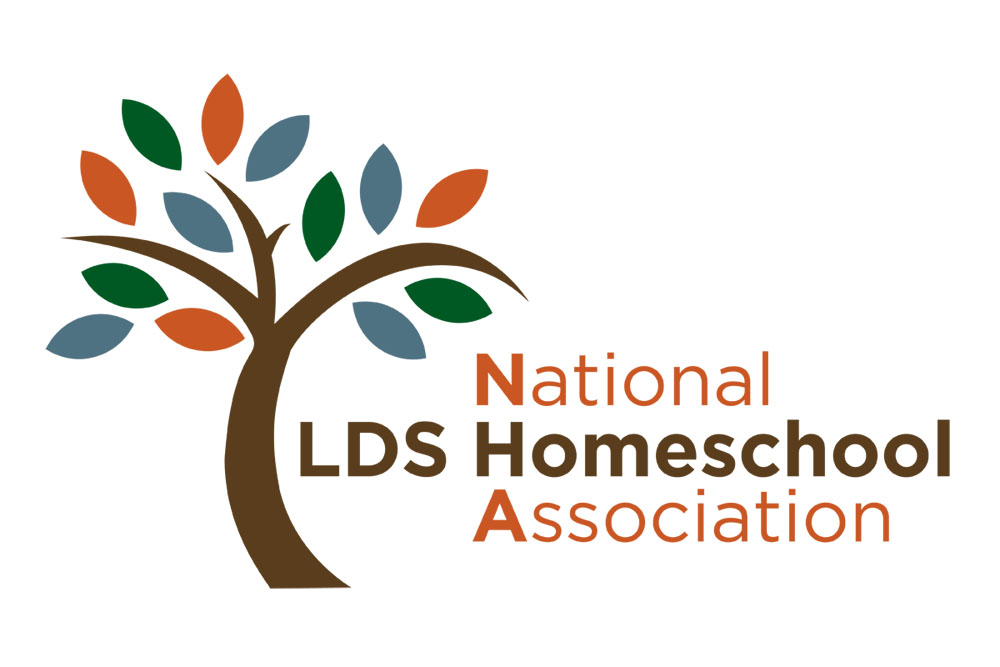In my previous articles about time management we have talked about Timers, Time maps and 80/20% principles. Today I want to talk about managing your space as a V/S (Visual/Spacial) or right brain thinker.
Managing space as a V/S mom can be a challenge. Our natural tendencies toward space can be our friend or our greatest enemy. We are visual and we tend to use our space to its maximum until the clutter drives us crazy, then we put it all away and then can’t remember where we put it!
There is hope! By using some strategies we can learn to manage our piles!
First ,we need Gathering Places. These are places to put items that tend to get lost. We have a gathering place for all the car keys. It is simple, just a small basket on the shelf as you come in the house. Everyone knows that is the only place in the house where keys go. We have multiple drivers and we have had teens leave the house in one car with the keys to another car in their pocket! Not a good thing!
We also have one place where the school books go. All the music books go in the living room. When you come home from lessons, your book bag of music goes on the floor beside the piano. Every time! All other music goes on the shelf beside the piano.
Gathering places can also work with small children’s toys. Putting toys into a basket throughout the day and then before bed putting them away helps keep the stray toys under control. Other things that might need gathering places are bills, mail, shoes, coats, hats and gloves. When there is a purposeful place to put things, they are easy to find again.
Next, we have to use the right type of storage. Open shelving can help because you can see where things are. One of the reasons V/S don’t put things away is they are afraid they won’t be able to find it again. With open shelves you can see immediately where things are so you can find them. It also helps you visualize what you have. You won’t need to buy the materials for that project again, because you can see exactly where it is right now. That also leads to less clutter, because you are not repeatedly buying what you already have.
Clear plastic storage follows this same concept. You can easily see what you have without having to drag everything out, so you are creating less mess and you are more likely to put things back where they go.
Do you forget to read your magazines? A vertical magazine rack can help!
Does this sign belong by your desk?
Are you a vertical or horizontal piler? Use these for vertical storage if you like to stack things deep on your desk.
Or if you are a horizontal piler with piles covering the entire top of your desk, a desk with drawers can help you get a handle on those piles. Not deep drawers! You will never again see the bottom of the drawer. The huge pile will be too discouraging to sort through.
I asked Don Aslett this summer what he recommended for paper control. He laughed and said it is a constant battle. We have an overwhelming amount of paper we need to keep track of today that didn’t exist 30 or 40 years ago. If you really need help with this, Don's book “The Office Clutter Cure” can help.
Another huge help to controlling clutter is color! Since V/S’s are visual, color coding things can help our brains remember where things go, so we can find them again.
As V/S we need to learn about what types of space management that works for us. This summer I gave up on using dressers and closets for my 2 very right brain teen boys. Their older sister sent me this picture and we decided it was perfect for the boys room. Whatever works, right?
You can see an interesting computer model here, that might help you decide if you are right brain, left brain, or whole brain. If the model spins clock-wise you are right brain; counter clock-wise, left brain, and if it switches back and forth as you blink, you are whole brain and use both sides, but will typically lean one way or the other.
If you have enjoyed these articles on time management , you might want to listen to the class on Time Management I taught at the 2012 LDS Home Educators Conference. I taught one for youth at the 2011 conference as well. The LDSHE Audio Library is now live and you can find my classes as well as over 600 other classes from conferences for 2005- 2012. The 2013 classes will be up soon!



























